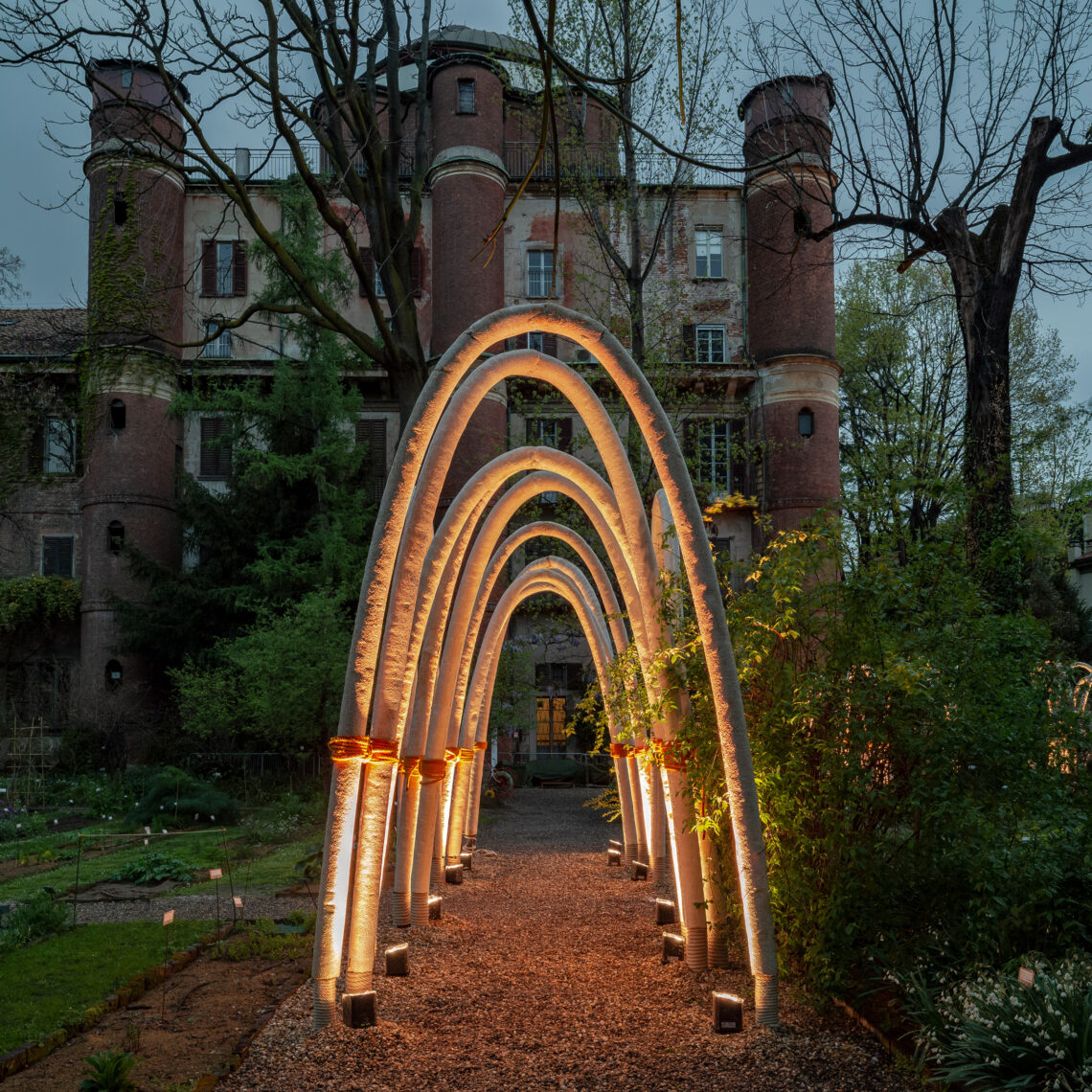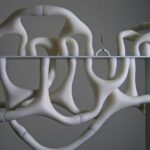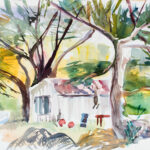This week I am focusing on all things mushrooms. After exploring more of Katy Ayers work on mushroom canoes and beehive hotels from the lecture content, and briefly mentioning mushroom leather garments in my biofabrication blog, I was inspired to return back to the other possibilities of fungal-based materials as I think more broadly about ecological design for the future.
The development of biofabrication technology has triggered the use of mushroom materials to expand significantly in recent years (Attias et al, 2019). Fungi are crucial in sustaining our ecosystem biodiversity and dynamic earth systems and the mycelium has emerged as an alternative, sustainable material used across a range of design disciplines (Sydor et al, 2021). Mycelia work through the processes of generation and regeneration, where the network of root-like fungal threads form a cellulose matrix which can be produced to create a strong and adaptable material (Attias et al, 2019). With its ability to recycle carbon, nitrogen and other essential elements that nourish the soil, and with its circular economy design, the production of mycelia has enabled designers to create new, ecologically beneficial materials for industries such as fashion, furniture, packaging, and architecture (Gandia et al, 2021). Some designers have called this new era of mushroom manufacturing, the ‘mycological rescue of the planet’ (Ivanova, 2022, p.5).
My recent trip to La Biennale in Venice, offered me a chance to see a spectacular mycelium wall construction, alongside a model of the process stages of mycelium production. The ‘In Vivo’ exhibit highlighted the need for designers and architects to rethink their material choices, and instead look for alliances with more renewable, biodegradable, and circular materials.
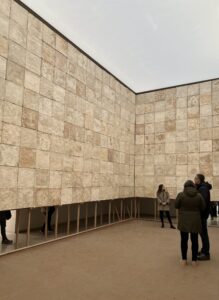
The large mycelium structure was designed to be dismantled, composted, and returned back to the earth to decompose, showcasing the materials capacity to be 100% biodegradable. The designers wanted us to imagine a world where we could potentially live within mycelium constructions. I found this concept especially interesting and wanted to find other architects who were building and constructing with mycelia in this way. Perhaps we would learn to value nature differently and allowed fungal networks such as these to interweave around us, helping us to construct our everyday lives.
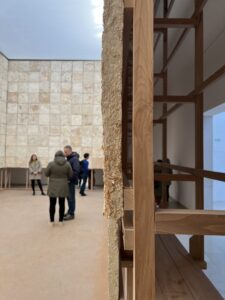
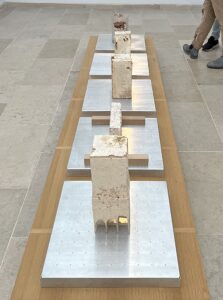
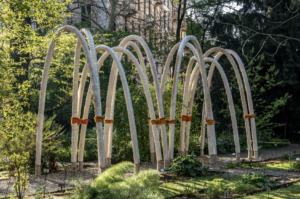
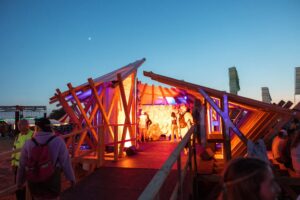
Attias, N., Danai, O., Tarazi, E., Pereman, I. and Grobman, Y.J., 2019. Implementing bio-design tools to develop mycelium-based products. The Design Journal, 22(sup1), pp.1647-1657.
Gandia, A., van den Brandhof, J.G., Appels, F.V. and Jones, M.P., 2021. Flexible fungal materials: shaping the future. Trends in Biotechnology, 39(12), pp.1321-1331.
Ivanova, N., 2022. Fungi for material futures: the role of design. In Fungal biopolymers and biocomposites: prospects and avenues (pp. 209-251). Singapore: Springer Nature Singapore.
Sydor, M., Bonenberg, A., Doczekalska, B. and Cofta, G., 2021. Mycelium-based composites in art, architecture, and interior design: a review. Polymers, 14(1), p.145.
